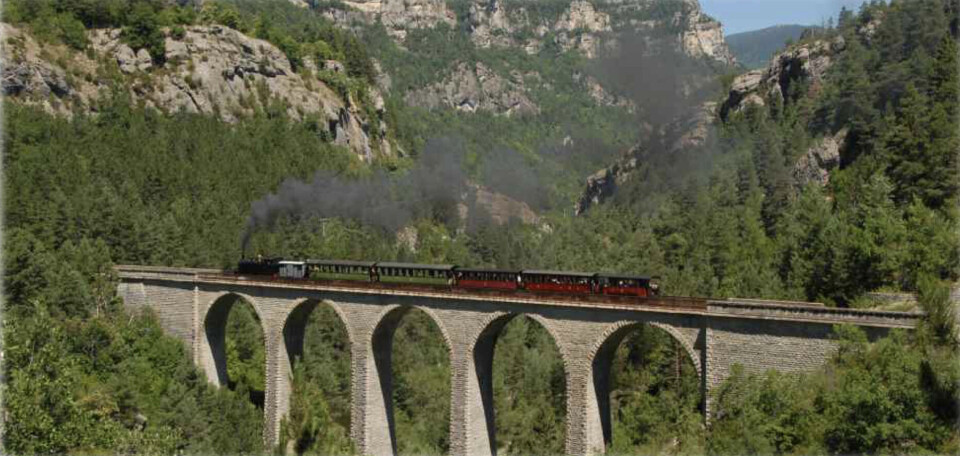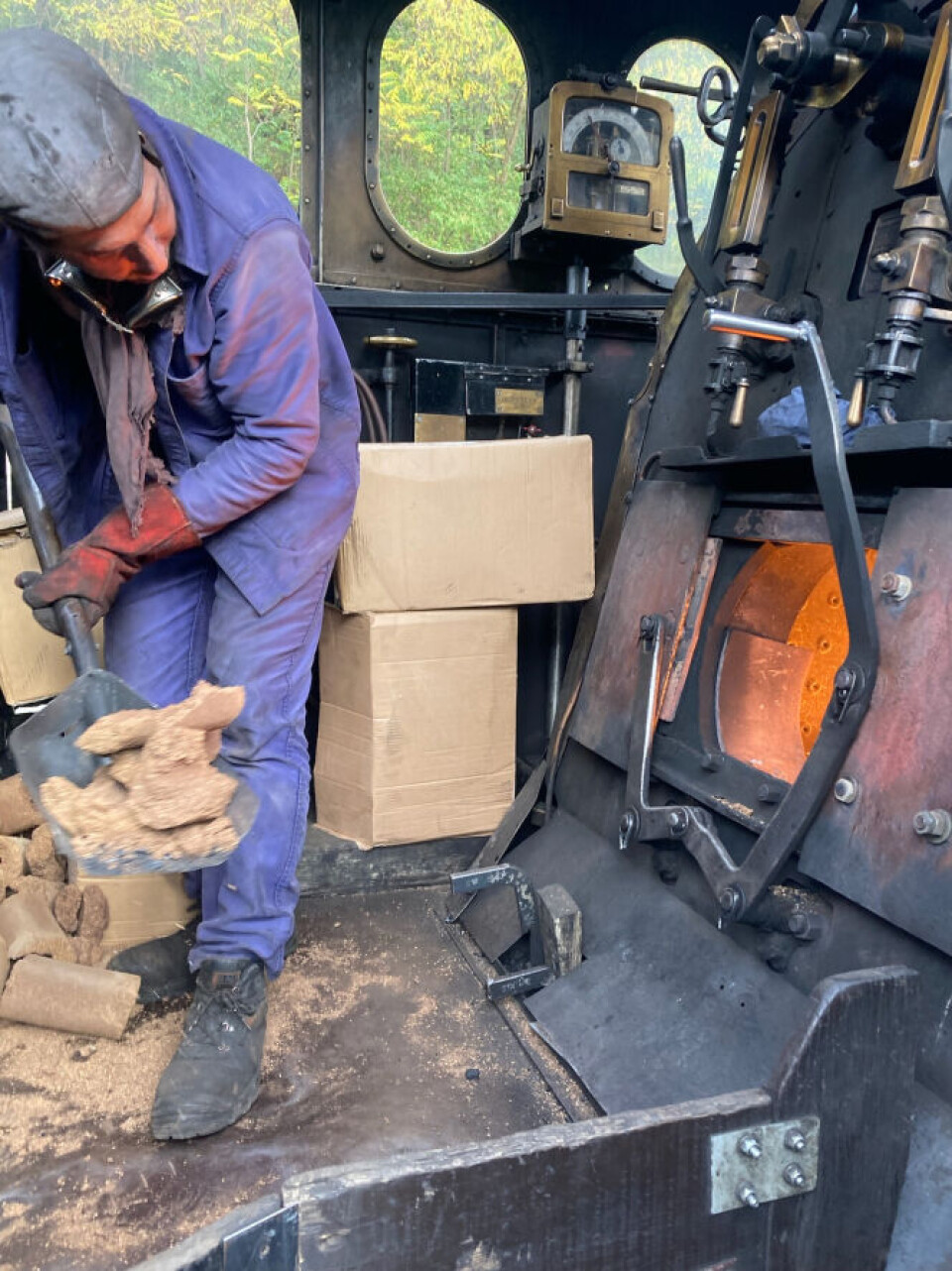-
Tips on how to save money on train trips in France
Record passengers and fewer trains mean finding the best rates is more of a challenge
-
Recycle old cashmere: Sustainable fashion and eco-friendly practices
Discover the initiatives in France promoting cashmere recycling
-
Paris-Berlin night train route set to continue
The first journey by new operators is scheduled to start at the end of March next year
The steam train in France which runs on coal – and olives
A steam train in the south of France, which has been running for more than 100 years, has begun experimenting with using olives as fuel

A historic steam train used for tourist rides in the hills above Nice has experimented with fuel made of grignon, the cakey mass left behind in the press when olives are crushed.
The first results are encouraging, says the association that runs the Train des Pignes, in operation since 1891.
The train covers 20km between Puget-Théniers (Alpes-Maritimes) and Annot (Alpes-de-Haute-Provence) most days during the summer.
Read more: Explore France by rail: Tour of the country's steam trains
Jean-Michel Delfino, president of the Groupe d’Etude pour les Chemins de fer de Provence (GECP), said: “There are two main reasons we tried this. The first is that, with the war in Ukraine, coal for our trains suddenly became harder to find and more expensive”.
“With coal mines in most of Europe shut, we use Polish coal, which is very good quality, but is now hard to come by because so many coal power stations are re-opening”.
“The alternative is coal from South America or South Africa, but we are not too happy about bringing coal from so far away.”
Environmental factors were also a consideration
“The train uses around a tonne of coal a day for its 40km round trip, because the line is very steep, and reducing this reduces our carbon footprint.”
Grignon contains the dried pulp of the olives and crushed stones. Historically, it was used for cooking in some poor provençal homes, but its main use now is being spread on fields as a soil improver.
It also acts as a slight fertiliser but is not as potent as other biological fertilisers.
“We mixed it 50-50 with the coal, and it worked well, although it does not have the calories of coal and burns differently,” said Mr Delfino.

“Incredibly, the only source we could find was in Tunisia, where it is sold compressed into blocks, and sometimes these blocks were not so solid, so we are trying to find local oil mills that will convert their own grignon into something we can use.”
Smoke from the mix smells different to pure coal smoke but is not unpleasant, he said.
“It doesn’t smell at all of olives or hot olive oil, strangely enough.”
One problem, identified in the trials carried out at the end of the tourist season, was dust from the grignon blocks burning off too quickly and shooting up the exhaust, and also making the footplate slippery.
The grignon also burned quicker and with a more intense heat than coal, and so could be used in a higher percentage on uphill parts of the track where more power is required, and less elsewhere, if the firemen on the engine can manage it.
The Train des Pignes (pine cone train) has two legends as to how it got its name.
The first is that, one snowy Christmas in the early days of the train, it stopped to give coal to a poor family with a sick child. It later risked running out of fuel, until the crew saw masses of pine cones, which they then mixed with the remaining coal.
The other explanation is that the train sometimes went so slowly uphill that passengers would get off to gather cones.
Related articles
French olives: Quality over quantity
French firm masters flying planes with sugar beet fuel in engines
French MP proposes allowing used cooking oil to be legal car fuel
























